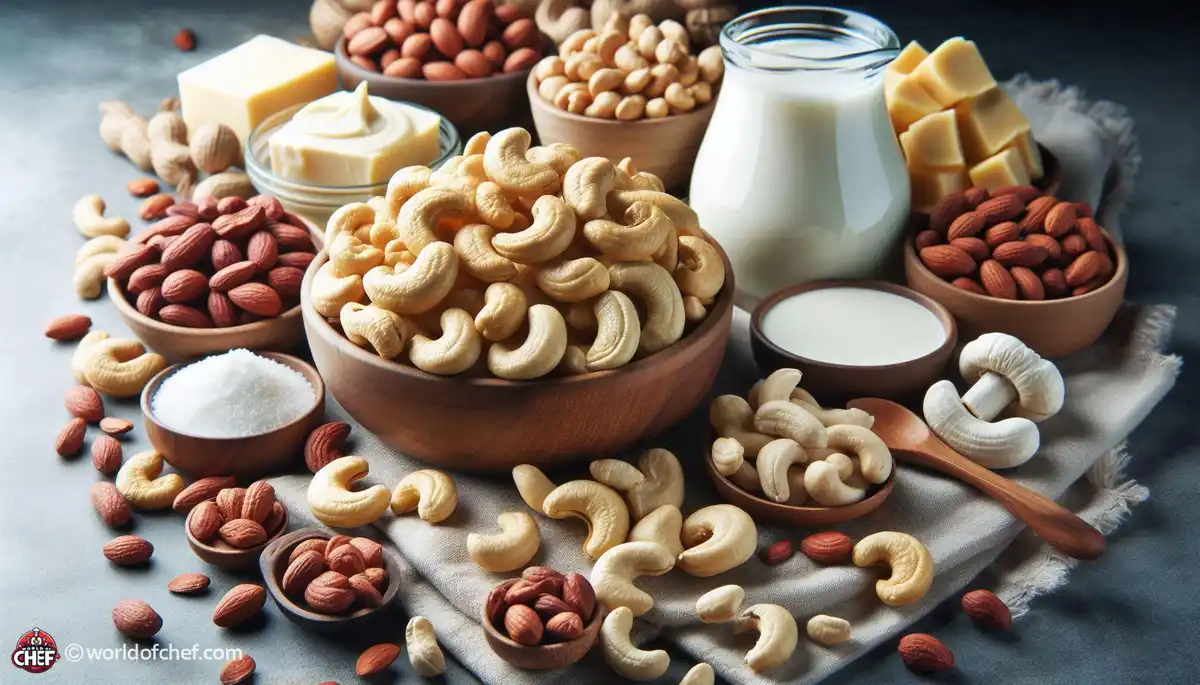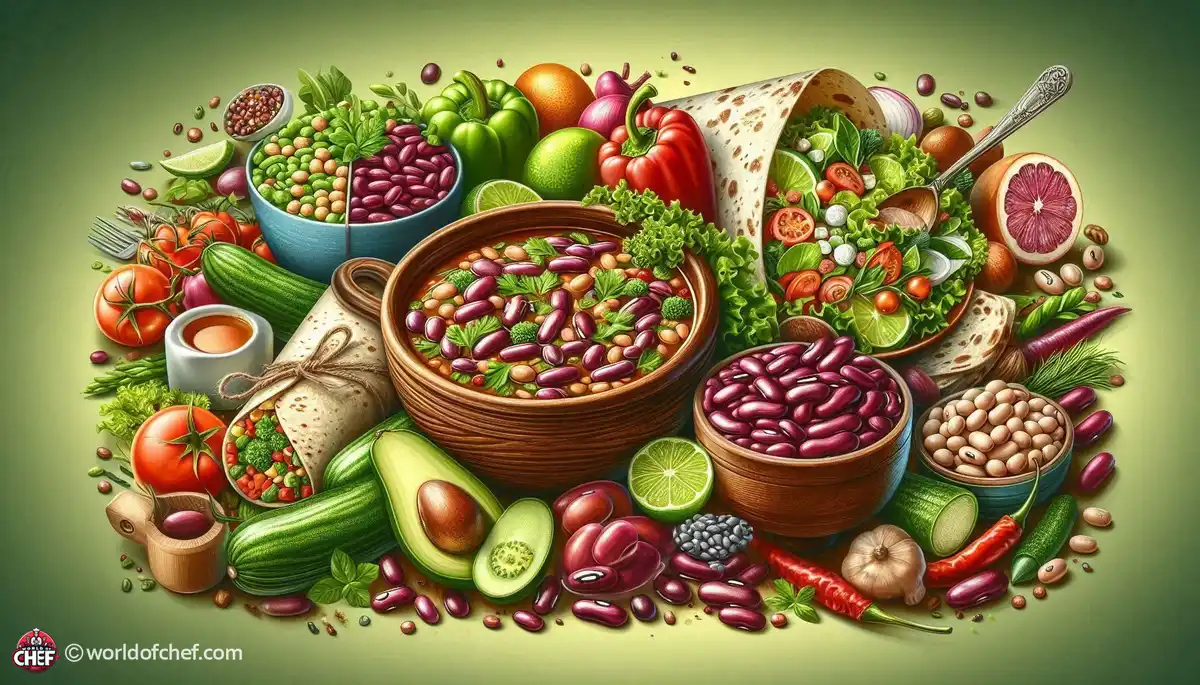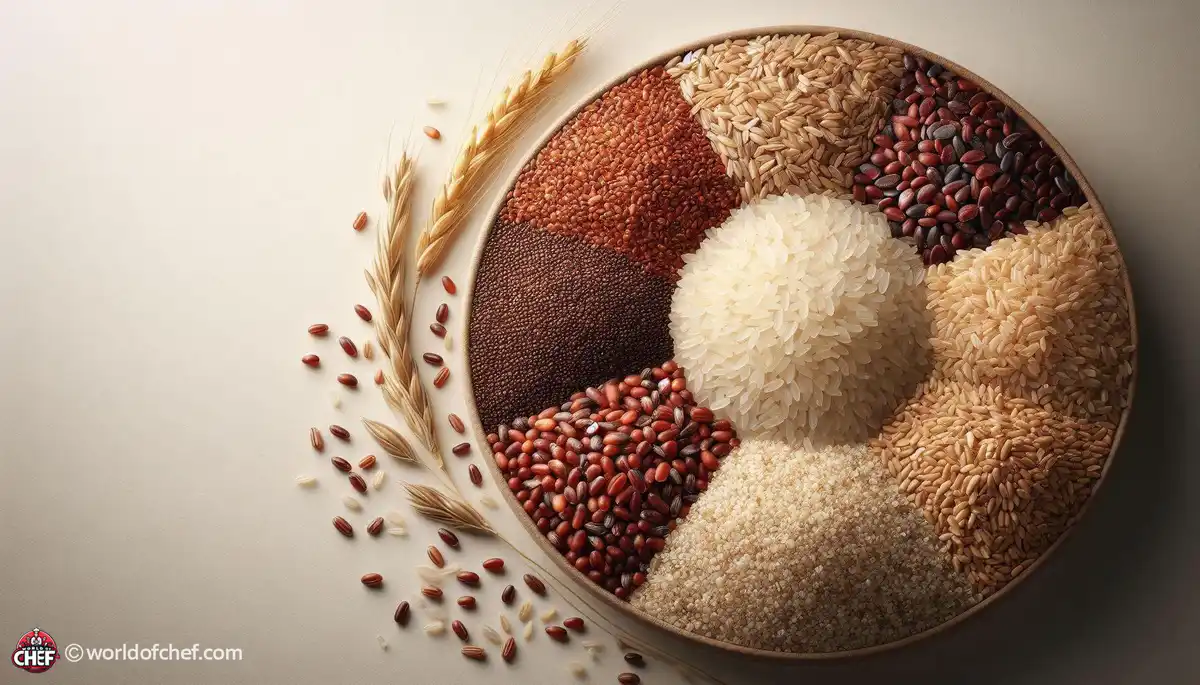
Unveiling the Power of Cruciferous Vegetables in Cancer Prevention
Eloise Jester - Mar 26, 2025 - 8 min read


Parsnips are one variety of the root vegetables tracing back hundred years and not as visible as their close siblings, being carrots and potatoes. This root is collected at maturity when their similarities to those pale sweet carrot are rather striking, yet even finer when prepared, roasted or mashed and placed in lovely soups or stews.
Parsnips have history dating back to ancient times. They were part of staple diets for both the Roman and Greek, who loved them for their sweet taste and versatility. Before potatoes were introduced, parsnip was an ordinary food in medieval Europe because of its resistance to colder climates. Therefore, it became a staple crop.
Parsnips are a rich source of essential vitamins and minerals. They are rich in vitamin C, an important nutrient required for healthy immune function and maintaining healthy skin. Parsnips are also rich in vitamin K, which maintains healthy blood clotting factors and ensures healthy bones; and folate, which is used in the synthesis and repair of DNA.
One of the most prominent nutritional features of parsnips is their high fiber content. Dietary fiber is an important nutrient that helps keep the digestive system healthy, prevents constipation, and maintains blood sugar levels. A serving of parsnips can provide a significant portion of the daily recommended Fiber Intake, making them an excellent choice for those looking to improve their digestive health.
Parsnips have a very high content of vitamin C, which helps boost the immune system. Vitamin C enhances the production of white blood cells that fight infections in the body. In addition, parsnips contain antioxidants that protect the body against free radicals and help to reduce chronic diseases.
Parsnips also benefit the heart. Rich in fiber, they lower cholesterol levels. This helps in the reduction of heart disease cases. Additionally, parsnips are rich in potassium, a mineral that regulates blood pressure. You can now indulge in healthy parsnips without sacrificing their mouth-watering taste. Eat them roasted or baked.
Roasting parsnips unlocks their sweetness and creates a deliciously crunchy caramelized crust. It is really, really easy to prepare - just toss them with olive oil, sprinkle salt and pepper, and roast till golden and tender. There's nothing quite like a baked parsnip for fries or as add-ins in casseroles and gratins.
Parsnips give soups and stews a lovely depth of flavor. Since they are inherently sweet, they go so well with savory ingredients. The resulting taste of the dish can be very satisfying. Boiled, pureed for a creamy soup, or added in chunks to a heartwarming stew, parsnips provide a wholesome addition to any bowl.
This crop is quite slow-growing. It will require well-draining soils with organic matter in plentiful supply. Seeds must directly be sown in the ground, preferably in the early spring or late fall. The soil must be free of stones and lumps to allow roots to grow uniformly.
Parsnips take about four to five months to mature. Its flavor is best consumed after the first frost in season, as this mellowed out the natural sugars and made it sweet-tasting. Dig it out carefully not to hurt the roots. Store them in a dark cool place, and they will be long-lasting. You'll have the pleasure of relishing this delicious root in the winter.
Parsnips are included in the myths and customs of many people. Parsnips are believed by some to possess medicinal powers and are, therefore, used for conditions like digestion or respiratory system disorders. Their unique taste and uses also made parsnips a common food in several traditional dishes used to honor the harvest time.
Within recent times, there has been a resurgence among parsnips. Different chefs and home cooks now rediscover their unique flavour and nutritional benefits. What's more, the manners in which parsnips are used range from high-class restaurants to family cooking and bring out all there is unique and excellent with them, raising the bar on the appreciation of their culinary delight.
Though they look similar, parsnips and carrots taste and in nutrient content are quite different. Parsnips are sweeter and nutty, whereas carrots possess a deeper earthy sweetness. Parsnips are nutritionally richer in fiber, folate, and potassium, making them a less calorie-rich option than carrots. Parsnips vs. Potatoes
Parsnips and potatoes are starchy vegetables, but parsnips have a flavor unique from others. They are less starchy and lower glycemic index. Therefore, parsnips would be a better choice to control blood sugar levels. Parsnips contain more vitamins and minerals than potatoes, especially vitamin C and potassium.
One of the easiest and tastiest ways to serve parsnips is to roast them. Place your oven at 400°F (200°C). Peel the parsnips and chop them up to about the same size. Toss them in olive oil, salt, pepper, and your choice of herbs - rosemary or thyme are good choices. Then spread them out on a baking sheet and roast until golden brown and tender. It'll take about 25 to 30 minutes.
Try creamy parsnip soup for a comforting and healthy meal. Chop onions and garlic, sauté them in olive oil till softened. Peel and chop parsnips, vegetable broth, and bring them to a boil. Continue reducing the heat and cook until the parsnip is tender. Then take the soup and blend to your liking, season it with salt, pepper, and add a splash of cream to make it feel rich.
You will be surprised to know that parsnips were a sweetener in Europe even before the discovery of sugarcane. Their sweetness made them so valuable that they were added to various dishes, ranging from desserts to savory food. Also, parsnip wine was a drink during medieval times, thus proving the versatility of this root vegetable.
Parsnips are replete with antioxidants, among them falcarinol and falcarindiol. Scientists have proven them to have a possible anti-cancer factor. The same compounds protect the cells in the body from the probable harm and reduce inflammation too. Adding them to your diet will work well in favor of your overall wellbeing, considering they're so nutritious.
When buying parsnips, look for firm, smooth roots that have no blemishes or cracks. The sweeter and tenderer the parsnips are often the smaller ones. Look out for soft spots and sprouting on parsnips, which are usually indications of old parsnips.
Store parsnips in a perforated plastic bag in the refrigerator for up to two weeks. Freezing is a good option when you have a large amount. Peel and blanch parsnips before freezing them for several months.
Parsnips are versatile and very nutrient-dense food additions that complement any diet. From the unique flavor and excellent nutrition profile, it can give much value in cooking through various dishes. Roasting, mashing, adding to soups and stews, and much more - parsnips do all of this, contributing sweetness and nutty flavors.
Parsnips add diversity to the diet while accompanying numerous Health Benefits, starting with an increase in the immune system and improvement of heart health. As a high-fiber root, they help with digestion. They are rich in vitamin and mineral content, thereby ensuring general well-being among the population. So take up the parsnip, and discover the myriad ways that this humble root can add to your recipes, improving your health along the way.

Eloise Jester - Mar 26, 2025 - 8 min read

Wayne Tobar - Mar 23, 2025 - 6 min read

Harold Turcios - Mar 19, 2025 - 7 min read

Nevaeh Zeng - Mar 16, 2025 - 6 min read